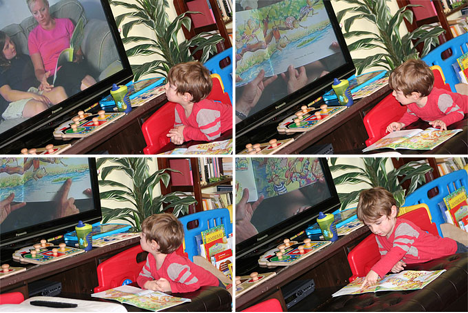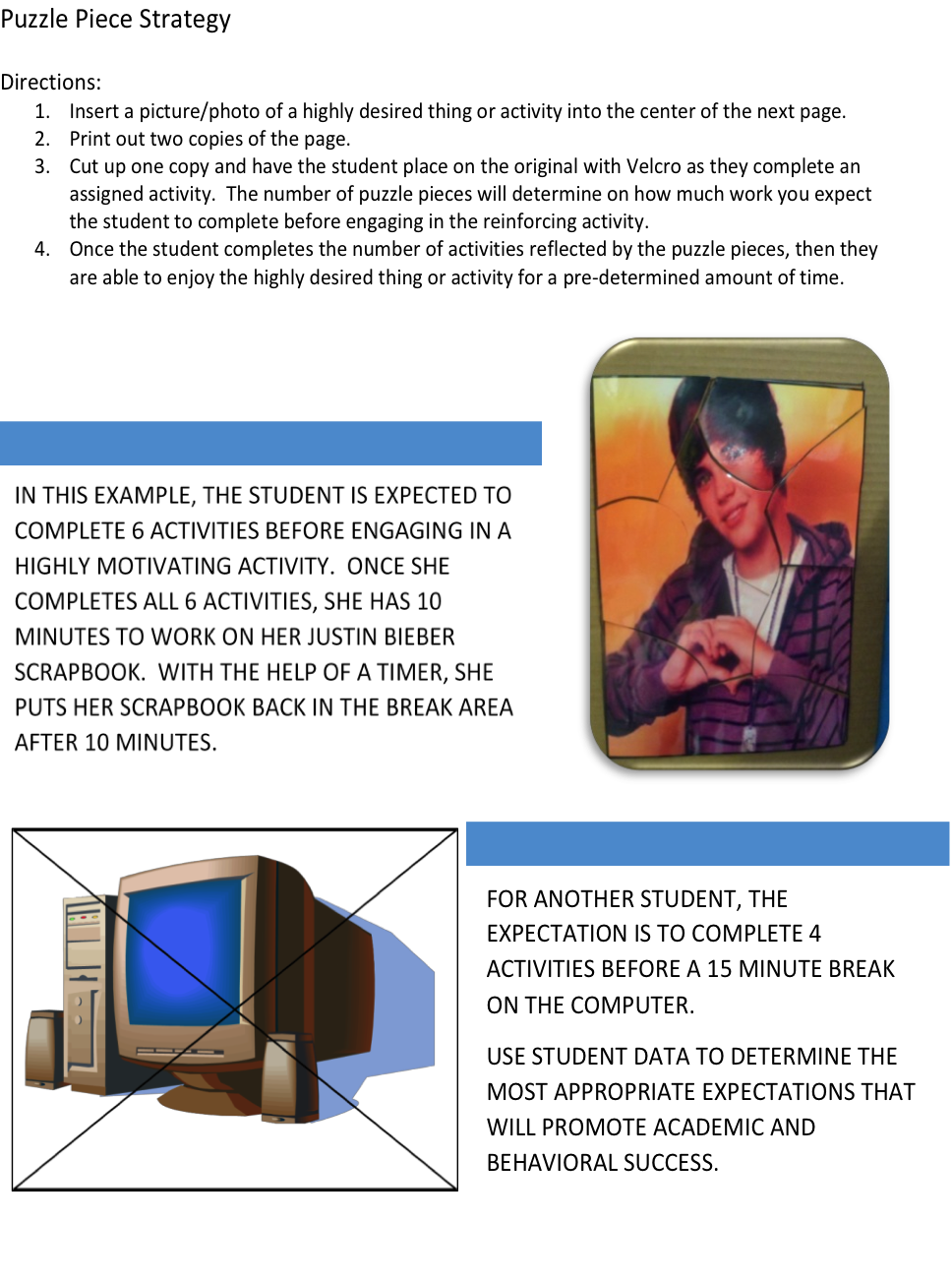Asperger’s and Intense Interests
You are probably familiar with the idea of intense interests. Whether it be weather or automobiles, your child with high-functioning autism/Asperger’s Syndrome has had an intense interest in some kind of subject. This behavior is natural because I too have had and still have intense interests in certain things.
 For example, when I was young, I was fascinated by trains. My parents would take me to train museums, and you’d have my full attention if you mentioned anything about trains. Then the interest shifted to tornadoes. I had a couple of VHS tapes about tornadoes and I would watch them repeatedly.
For example, when I was young, I was fascinated by trains. My parents would take me to train museums, and you’d have my full attention if you mentioned anything about trains. Then the interest shifted to tornadoes. I had a couple of VHS tapes about tornadoes and I would watch them repeatedly.
My interest then shifted to airplanes. I had Flight Simulator 2004 and Flight Simulator X. In fact, I would love to hear flight stories from my grandfather because he used to be a Cessna pilot years ago.
Currently, my interest is Mechanical Engineering. I took an advanced engineering class during high school, and I was given an award for that class that is only given to one person in the class. I was lucky to be picked for the honor.
It’s normal for your child’s interest to shift as time goes on. If they like trains like I did, then take them to a train museum or a train station. If they like automobiles, take them to a car show. Let them get involved with whatever their interests are!
By Sam Allen
A graduate of Abilene Christian University, Jennifer had a long career in TV Broadcasting. Upon learning her oldest son Sam had a form of Autism called Asperger’s Syndrome, she left her career and became a full-time mother to both of her sons. Jennifer elicited the participation of her family and together they produced several independent programs including a children’s animated series titled Ameriquest Kids, as well as a documentary and book titled, Coping to Excelling: Solutions for School-age Children Diagnosed with High-Functioning Autism or Aspergers Syndrome. She formed the nonprofit Asperger101 to provide on-going free resources related to ASD at Aspergers101.com and has implemented the Texas Driving with Disability Program and continues to grow the statewide initiative today. She and her husband have recently retired to their property in the Texas Hill Country.








